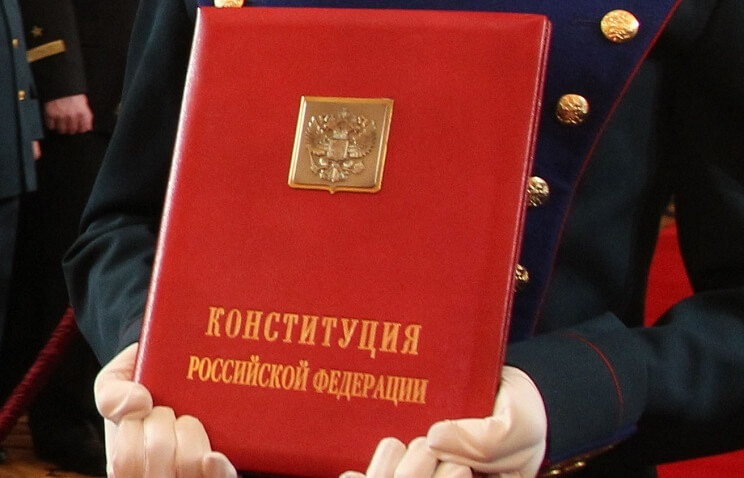Denmark Will Send Reinforced Patrols To The Strait of Hormuz
Copenhagen plans to join an international mission to maintain security in the Persian Gulf. Danish authorities will send a frigate with a crew of 155 officers and a helicopter to monitor the sea in that region.
The special mission of Denmark is aimed to unite the Naval Forces of the Netherlands and France. It will start in the fall of 2020 and will last four months.
The Danish authorities took this decision after Iran captured the British oil tanker in July. The tension in the region began to grow rapidly immediately after the collapse of the nuclear track of Tehran with a number of world states. It is necessary to remind, that more than 20% of world oil exports pass through the Strait of Hormuz, which separates Iran and Oman.
Danish Foreign Minister Jeppe Kofod claims that the country will protect the maritime security in the Strait of Hormuz due to the large merchant fleet.
Also, the Danish Foreign Minister said that two Danish military vessels will be sent to the French naval base in Abu Dhabi. The capital of the UAE will become the main headquarters of the European mission for the supervision of the marine area. At the same time, the coordination mission in Bahrain, led by the United States, will be eliminated.
The Danish government met with the Committee on Foreign Policy and discussed issues of military contribution to maritime monitoring in the Persian Gulf under the leadership of European authorities.
They made a decision, that the Royal Danish Navy (Kongelige Danske Marine) would be annexed to the French and Royal Navy of the Netherlands as a part of a mission led by Europe in the Strait of Hormuz (EMASOH) at the initiative of the French authorities. EMASOH will operate in the western part of the Gulf of Oman, the eastern part of the Arabian Gulf and the Strait of Hormuz.
If the Danish Parliament approves the contributions of the Navy this year, it will consist of payments to personnel officers.
How Will The Danish Absalon Class Navy Work?
For the Danish fleet, employee investments for 12 months will be used starting in January 2020. If approved by the Danish Parliament, the mission will be provided by a helicopter and 155 officers for four months, starting in the fall.
According to a statement from the Danish Ministry of Foreign Affairs, the state continues to increase efforts to protect the Persian Gulf.
“As the fifth-largest maritime power in the world, Denmark is responsible for ensuring safety in the sea and freedom of navigation, including the Strait of Hormuz. Therefore, the Danish government will continue its active efforts to reduce tensions in the region. Our contributions, officers and frigate will complement other efforts, including the US-led IMSC for maritime safety. The European-led mission is expected to be strengthened by diplomatic procedures aimed at strengthening the regional dialogue on maritime security,” said Danish Foreign Minister Jeppe Kofod.
The situation on the Persian Gulf’s security was commented by Danish Minister of Defense Trine Bramsen. He said that the conformity of the country’s actions in Hormuz tided to all international legislative standards.
“It is important that Denmark, as a significant maritime power with a capable navy, take responsibility and uphold the principles we believe in. I am proud that the allies are with us when they are looking for partners to solve a problem like this. This shows a high level of respect for our capable soldiers and our strong abilities,” said Bramsen.
Besides the European organization, which is located in France and is responsible for safety in the international waters, there is another international organization, under the protectorate of the United States, called the International Maritime Safety Structure (IMSC).
It was created to ensure safety and maintain a stable situation in the sea, as well as to prevent malicious activity. Also, the IMSC provides free movement in international waters and free navigation throughout the Arabian Gulf, the Strait of Hormuz, the Bab Strait of Mandeb and the Gulf of Oman. This structure includes the USA, Albania, Australia, Bahrain, the Kingdom of Saudi Arabia, the United Arab Emirates, and Great Britain.


